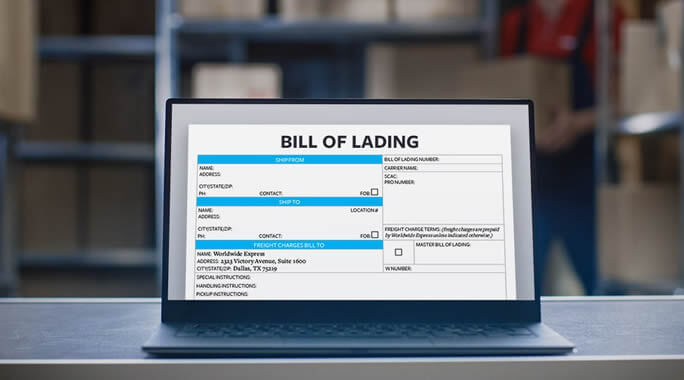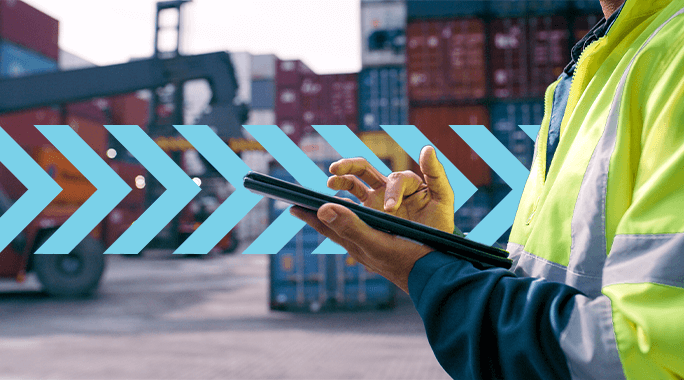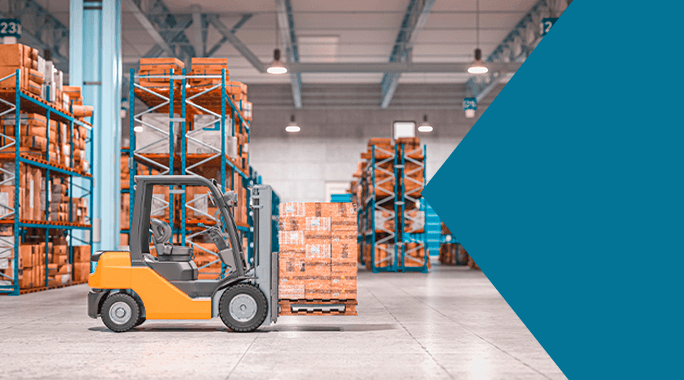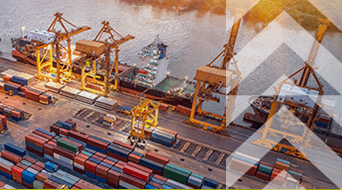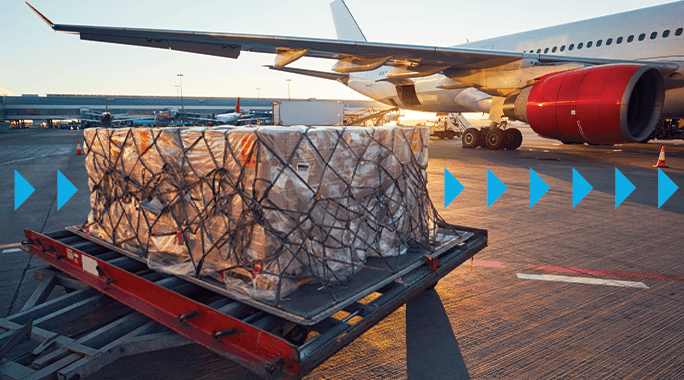Freight Resources
Bill of Lading for LTL and FTL Freight Shipping: A Complete Shipper’s Guide
When you’re shipping freight — whether it’s less-than-truckload (LTL) or full truckload (FTL) — there’s one document that holds everything together: the bill of lading (BOL). This essential form isn’t just paperwork. It’s a legally binding agreement, a shipping contract, a receipt and a critical point of reference for your entire freight journey. Whether you’re…
Read MoreHow To Forecast Freight Fuel Surcharges for Budget Planning
Managing shipping costs is hard work — but when freight fuel surcharges fluctuate, budgeting becomes even more challenging. These extra fees help carriers offset rising diesel costs, but they can swing wildly from one week to the next. To stay ahead, you need a clear strategy for understanding and forecasting these charges. In this blog,…
Read MoreShipping Freight Fast: Your Guide to Expedited Freight Modes
When your business faces tight deadlines, last-minute orders or urgent supply chain needs, expedited freight shipping becomes essential. Whether you need one-day air service or fast ground transportation, there are multiple options to ship freight fast — but how do you choose the right one? There’s no single solution that fits every shipment. But by…
Read MoreFreight Documents Guide: What You Need for Each Mode
When you’re shipping freight, paperwork matters. In fact, it’s critical. Unlike parcel shipping, freight shipping involves detailed, legally binding documents that vary by transportation mode and destination. If your shipment crosses international borders, you’ll need even more documentation to ensure smooth delivery and compliance with trade regulations. This comprehensive blog breaks down exactly what you…
Read MoreHow a 3PL Can Strengthen Your Supply Chain Resilience
Pandemics. Wars. Natural disasters. Tariff swings. If your business depends on freight shipping, you’ve likely felt the effects of a world that seems to change overnight. Building a resilient supply chain isn’t just a best practice anymore — it’s a business imperative. From port congestion and fuel surcharges to weather events and labor shortages, the…
Read More5 Things To Consider When Choosing a 3PL Provider for Blind Shipping
Blind shipping is a strategic method of drop shipping where the supplier’s identity is concealed, and products are shipped directly from the supplier to the customer, maintaining confidentiality along your supply chain. It’s rapidly gaining popularity in the freight shipping world as businesses look to cut costs and streamline their logistics operations. Whether you’re fulfilling…
Read MoreFreight Classification Changes 2025: What Shippers Need to Know
For freight shippers, understanding the National Motor Freight Classification (NMFC) system is critical for the accuracy and efficiency of your logistics operations. In fact, the NMFC plays a vital role in determining the cost of less-than-truckload (LTL) shipping and how freight is categorized based on its key characteristics. With major changes to the NMFC system…
Read MoreIntermodal vs. multimodal freight: Which is right for you?
When it comes to freight shipping, there’s no one-size-fits-all solution. Depending on the nature of your cargo, its size, weight, urgency and distance, choosing the right freight shipping method can significantly impact your bottom line. While many people think of freight being shipped by truck, there are other modes of transportation available — air, sea…
Read MoreBlind Shipping: A Solution for Inventory Issues & Labor Shortages
Is your business facing rapid growth, supply chain disruptions and/or unpredictable customer demand? If so, optimizing your inventory management strategy can be a game-changer. Imagine shipping products directly from your supplier to your customer while maintaining the appearance that your business is the source. That’s what you get from blind shipping, and we’re here to…
Read MoreWho pays tariffs on imports… and what are tariffs, exactly?
Tariffs are more than just numbers on a spreadsheet — they’re powerful variables that can reshape the future of businesses that are navigating international trade. These trade barriers, imposed by governments to control the flow of goods, can drastically affect everything from pricing to supply chains to overall business strategy. Tariffs tend to fluctuate due…
Read More